

The majority of people feel safest within their own home. It’s the place we retreat to relax and unwind, but did you know there are many hidden hazards lurking in the domestic environment? Make safety a top priority for yourself and your family by paying attention to risks that aren’t immediately obvious. From air quality and gas leaks to bathroom products and poisonous plants, we’ve listed twelve of the most common dangers hiding in your home, what to look out for and importantly – what you can do about them.
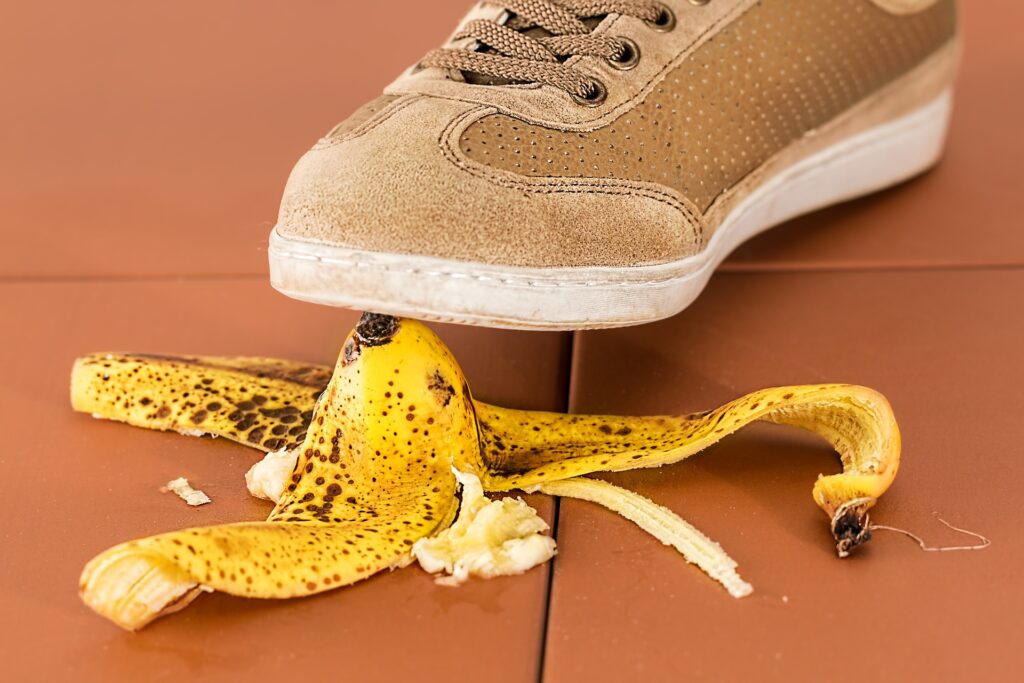
Carbon Monoxide is a toxic gas found in the fumes of many household fuels (such as wood, coal or petrol) with can cause death if inhaled in sufficient quantities. There are risks associated with items such as fireplaces as well as outdoor grills, lanterns and generators – when the gas is produced and doesn’t have an appropriate escape route. Carbon Monoxide is colourless, odourless and tasteless, meaning that it can easily go undetected. To prevent issues, make sure carbon monoxide detectors are regularly checked with batteries replaced as well as fuel-burning appliances inspected, cleaned and serviced each year.
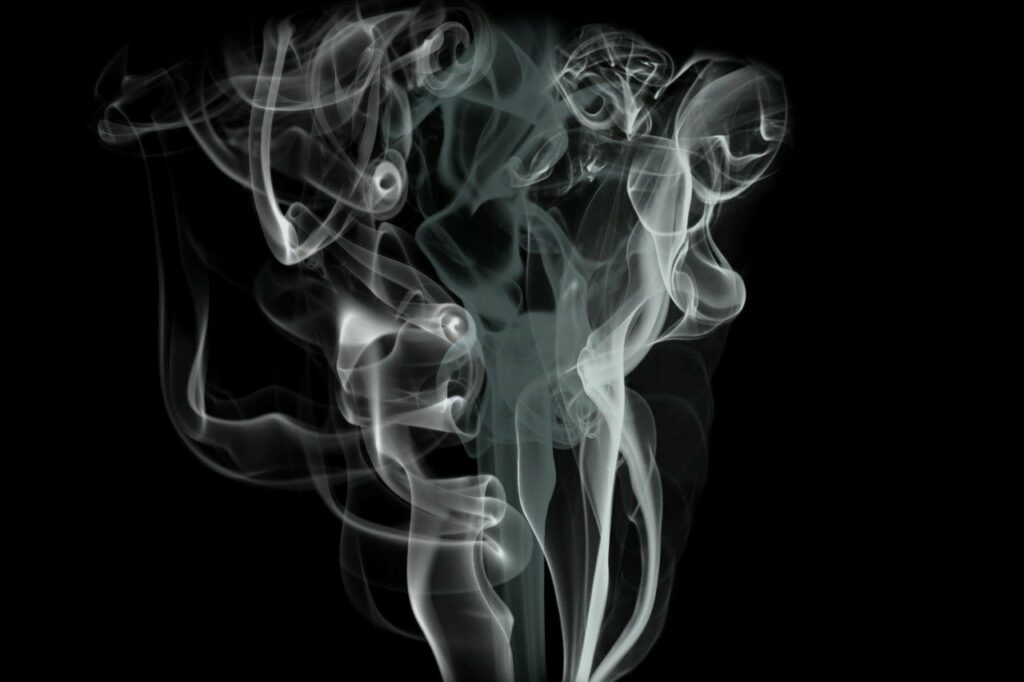
Lead paint and asbestos have historically been used as building and decorating materials – posing a significant risk to homeowners. If your home was built before the 1980s, it is well worth ordering test-kits for these materials. Lead paint is especially dangerous for young children and pets, with toxic dust or peeling paint potentially causing poisoning. Asbestos is common in older homes, with fibres responsible for a whole range of lung conditions. If you are at all unsure, check with a certified professional who can help you safely remove both of these hazardous materials from your home.
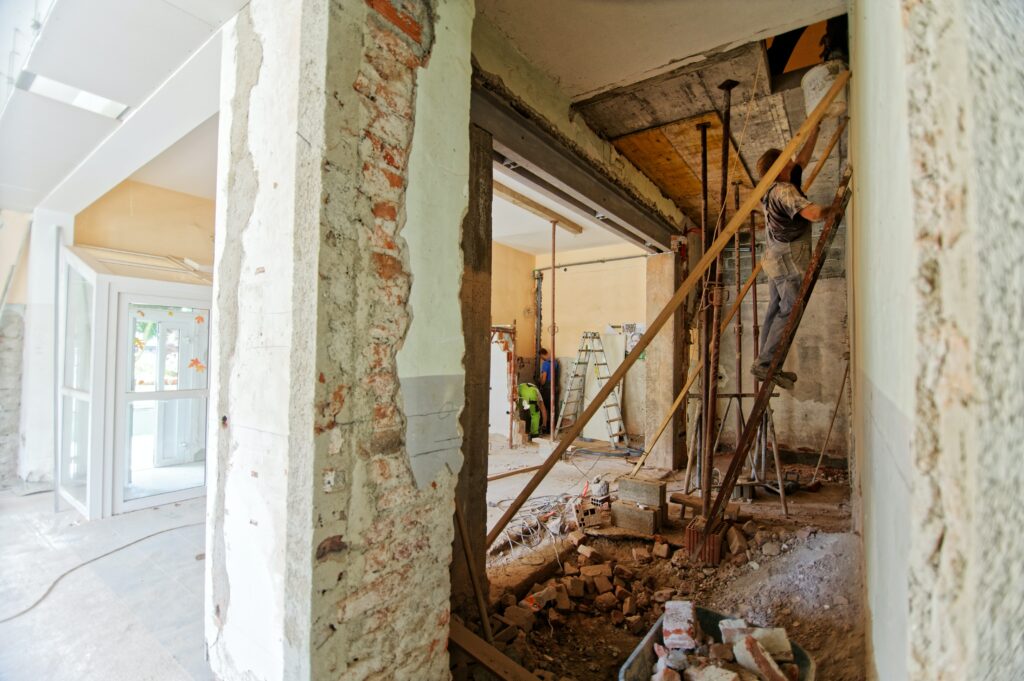
Mould grows wherever there is moisture and warmth, making it a particular problem in bathrooms and kitchens. In small amounts mould spores are usually harmless, however if left to grow unchecked, they can pose serious problems (as well as impact the structural integrity of your home). According to the NHS, mould triggers respiratory problems and infections, allergies, asthma, as well as affects the immune system. With this in mind, make sure to clean regularly, wipe any damp surfaces down (such as sinks, tiles and baths) and frequently open your windows to let fresh air in.
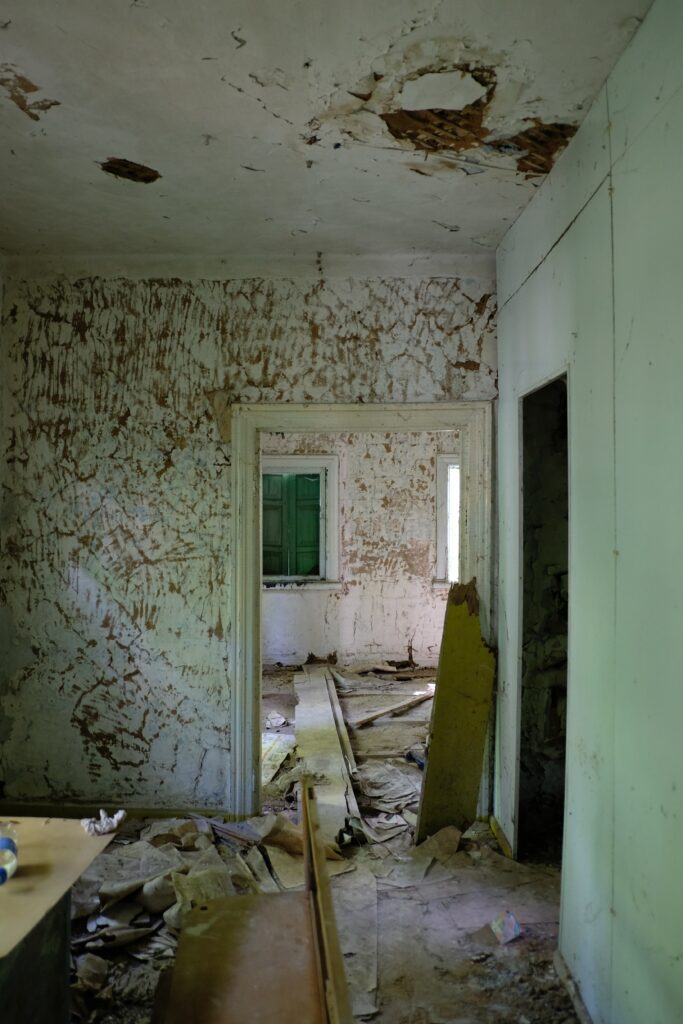
Did you know that good indoor air quality significantly reduces the impact of asthma and allergies, as well as improves your mood? Air pollution is more than just car exhausts in big cities. Think about the surfaces in your home (opting for hard floor surfaces such as wood, stone or tiling instead of carpet), as well as considering aspects such as tobacco spoke, gas-burning appliances and cleaning products. Air conditioning or purifying systems can also help clean and circulate the air within your home.

We all know about the importance of regularly dusting and hoovering to keep our homes clean and fresh. But what are some of the hidden hazards with dust in the home? Dust allergies can cause wheezing, asthma attacks, bronchial infections, dermatitis and other allergy-related problems. The higher the amount of dust, and the longer the exposure – the worse the possible consequences. Make sure that you are regularly cleaning soft furnishings (carpets, sofas, curtains and cushions) and remember to hoover in those hard-to-get-to cracks and unseen spaces.
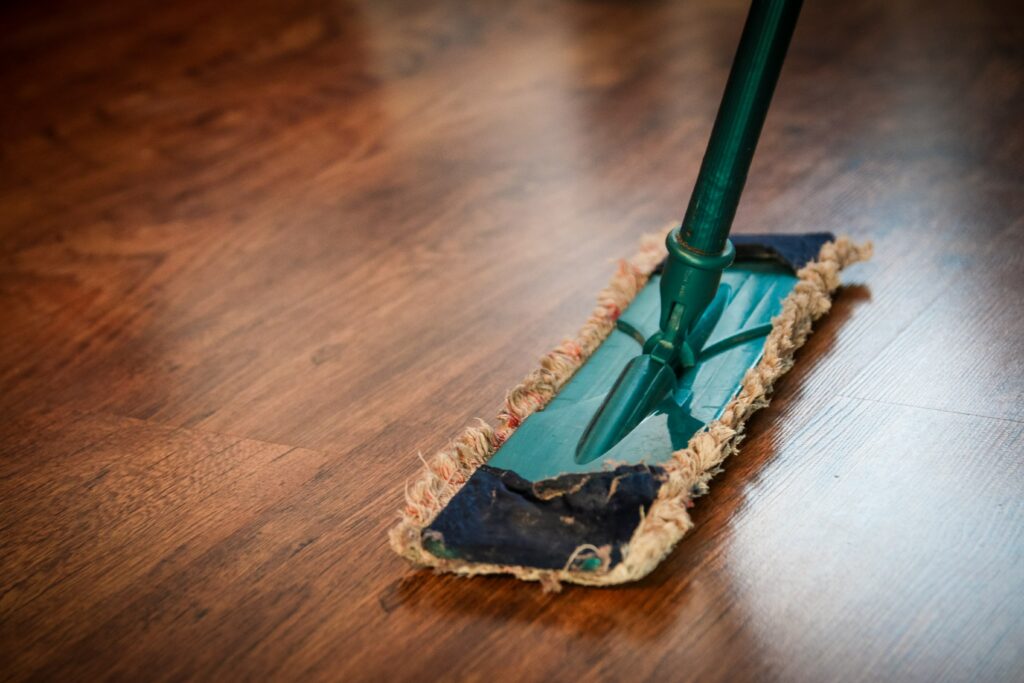
We have already seen how mould can grow in wet and warm environments – but have you also thought about other risks in your bathroom? Few people realise that chemicals found in shampoos and soaps (such as sulphates, parabens, fragrances and lye) can occasionally cause severe skin irritation. The bright colours on toiletries and medicines are also highly appealing to children, so remember to store your bathroom products up high, preferably in a locked cabinet.
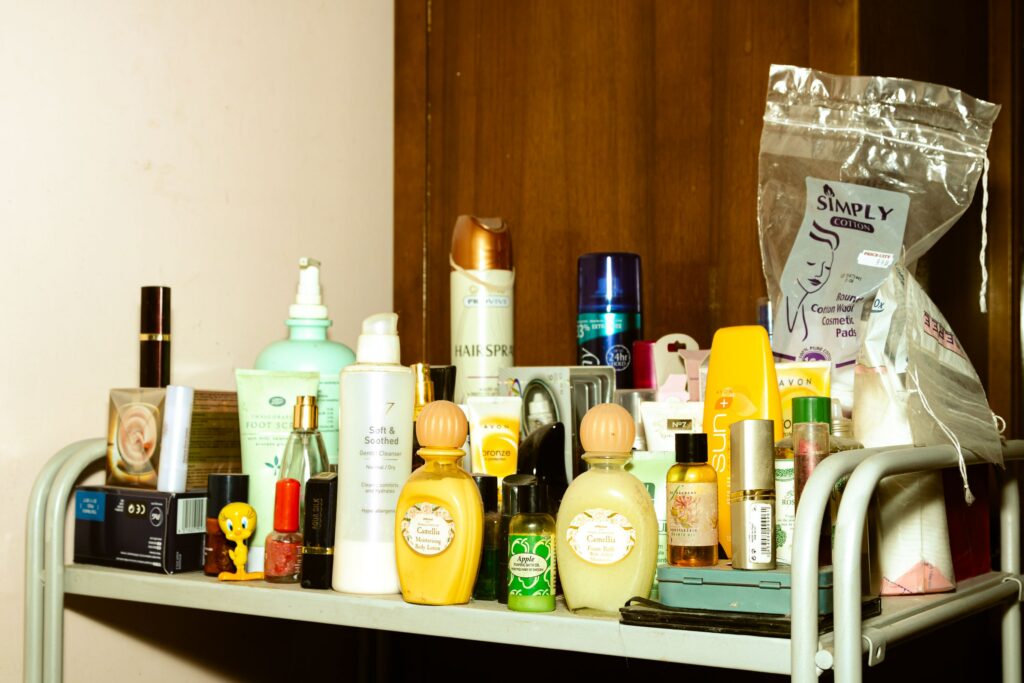
Carpets, rugs and cushions add much needed colour, comfort and style to our homes – but they can also endanger our health. Carpets and rugs are usually made from synthetic fibres containing various chemicals such as dyes, stain resistant compounds and fire retardants; all of which impact the air quality in your home. So if you’ve recently invested in soft furnishings, open windows and doors to provide plenty of fresh air as well as remembering to hoover them regularly to deal with issues such as dust, mould and mites.
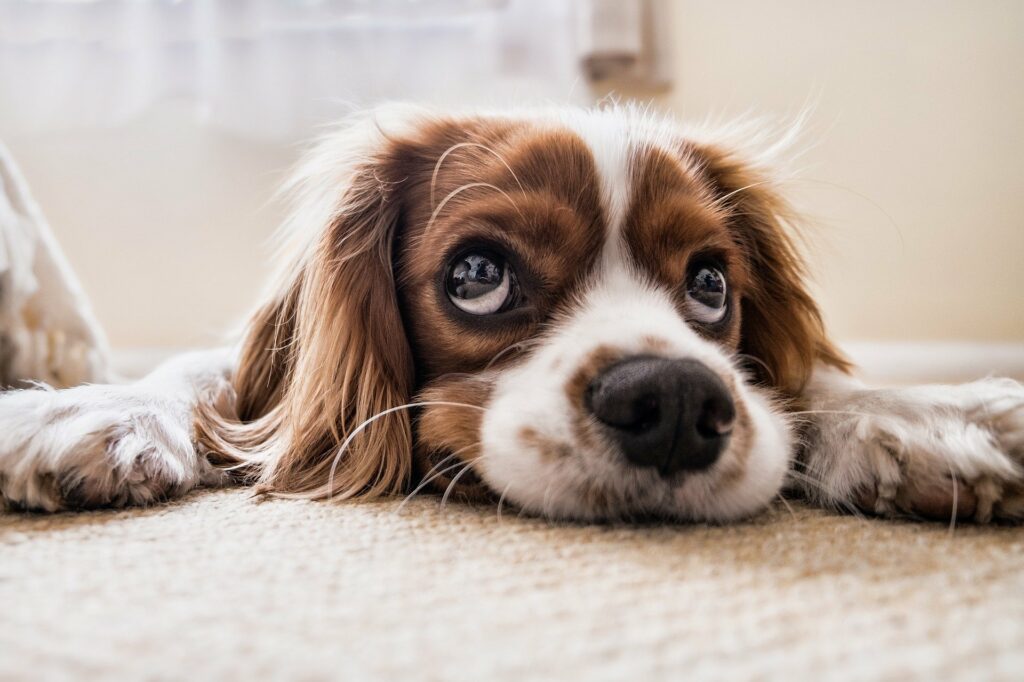
The fridge is an appliance the entire family uses multiple times throughout the day, but one you might not consider in terms of hidden dangers. Keep cooked foods, dairy products, fish, meat and fresh fruit and vegetables separate, with the fridge itself regularly cleaned. The bottom of your fridge is often the coolest part, so reserve this for wrapped raw meats and fish. You could also invest in a temperature gauge, making sure the coolest part of your fridge stays below 5°C.
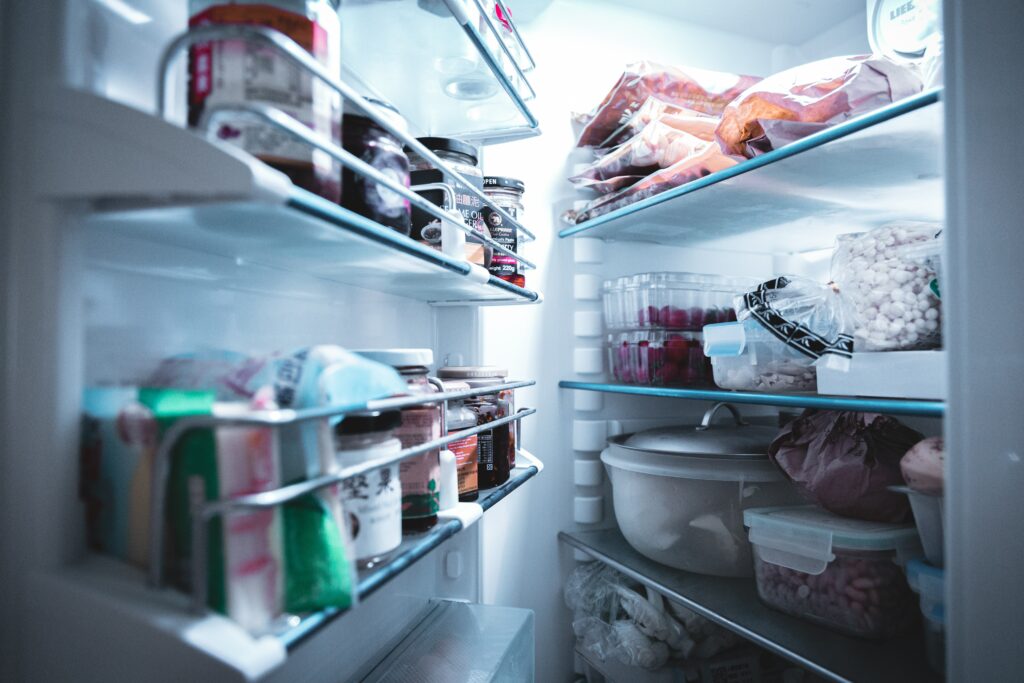
Gas leaks should be treated seriously as soon as they are detected. If you suspect a gas leak (usually accompanied by a sulfuric, rotten egg smell and a hissing sound close to any gas connections) – exit your property as soon as possible and contact your gas provider. They will fix the problem and let you know when it is safe to re-enter your home. Although unseen, household gas is incredibly flammable and a reduction of the amount of oxygen in the air can cause serious health problems. So if you smell gas, don’t delay.
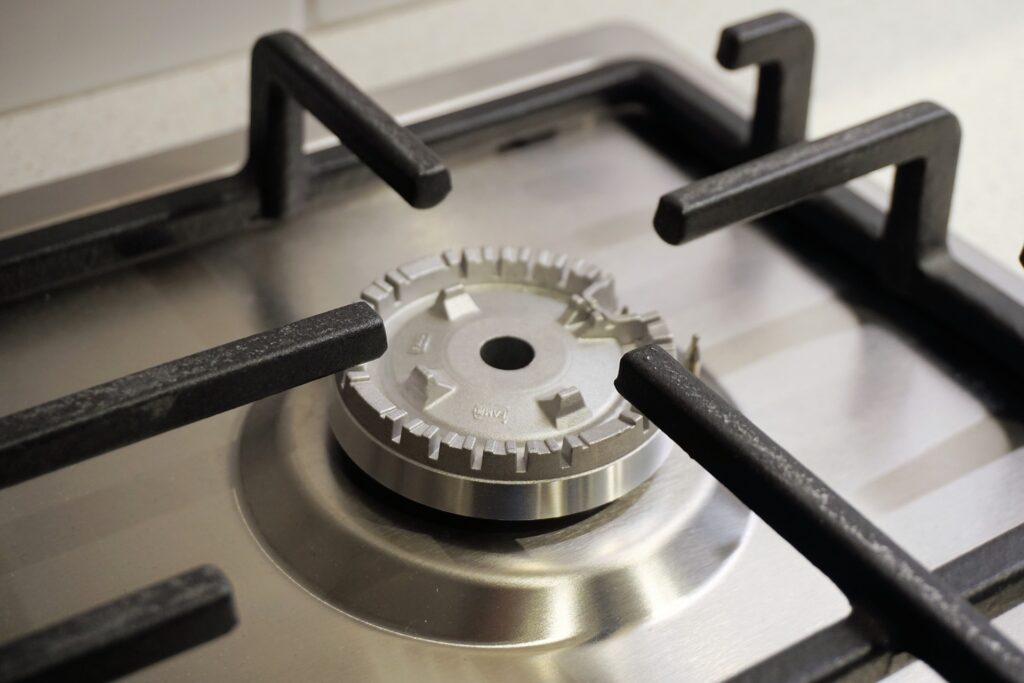
Wall mounted items such as mirrors, paintings and televisions may look smart and save space, but they can present a significant danger in your home. If heavy items are not supported and secured properly, they can fall down, shatter and hit people. In rare occurrences this can prove fatal. To avoid this, make sure that your walls are strong enough to hold such items. Additionally, make sure that glass fronted paintings and mirrors are not in the line of direct sunlight. This can cause a major fire risk when sunlight is redirected.

When assessing the level of risk within your home, have you also thought about your garden? Poisonous plants are surprisingly common in the UK, and your beautiful borders may be hiding some nasty shrubs and flowers. Common decorative plants such as hydrangeas, daffodils, foxgloves are all toxic to humans, causing various issues such as vomiting, diarrhoea and difficulty breathing. If children play in your garden, you might want to remove any such plants that could be picked and eaten by little hands.
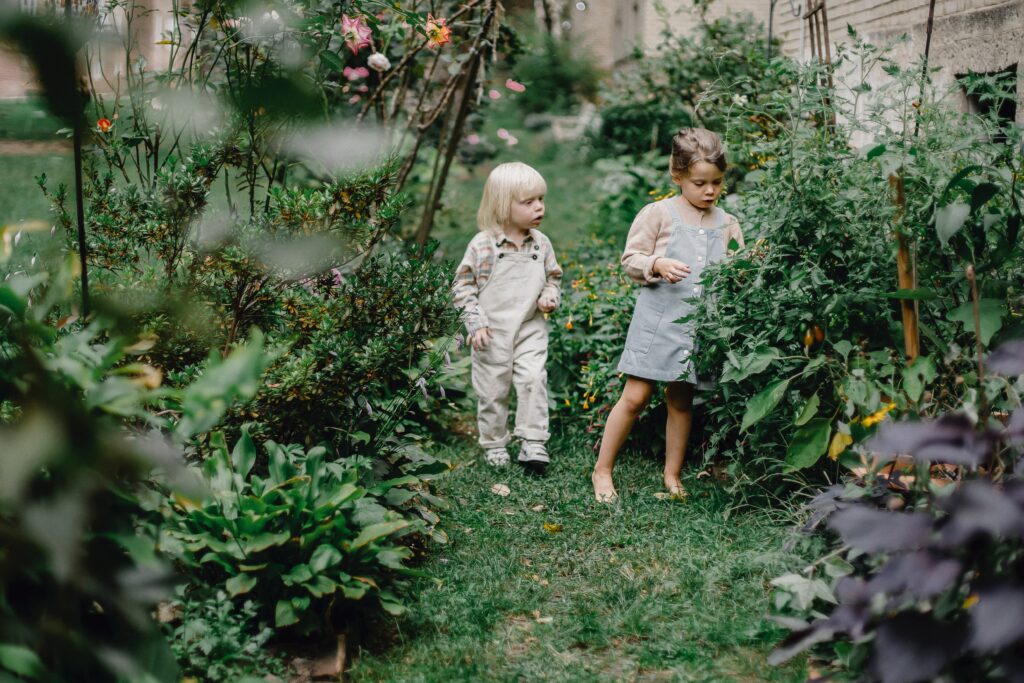
Last but not least – your four-legged friends can bring all kinds of dangers into your home. The most common injuries with cats and dogs involve trips and falls when they sneak under your feet, but their fur can also cause severe allergies. Pets can bring various pests into the home, such as insects, parasites and bacteria, so making sure that they are regularly treated for fleas and ticks is key. Keeping your pet’s environment as spic and span as your own is important, remembering to wash them regularly and clean away any “business” they may have left promptly.
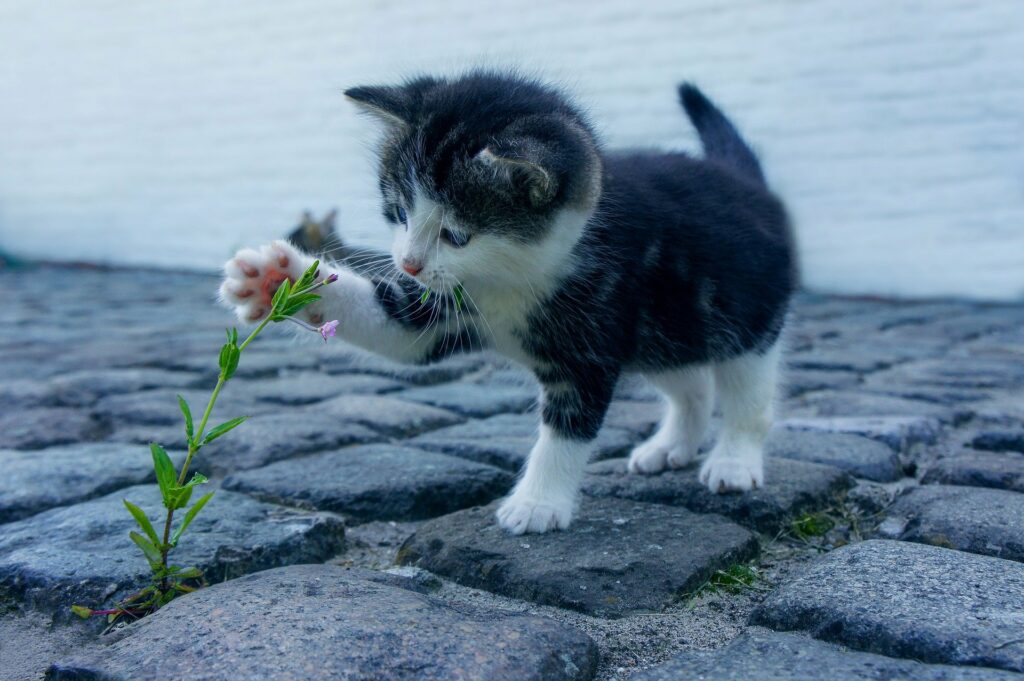
We specialise in helping you get more for your property. Quicker, easier and with less stress.
You can call us any time on 0333 016 5458 where we can provide help, guidance and support.
Instant valuation – get a free 32-page instant valuation report here
Video appointment – book a free, no-obligation 30-minute advice meeting with one of our experts here
Ready to instruct us? – locate and sign your agreement here